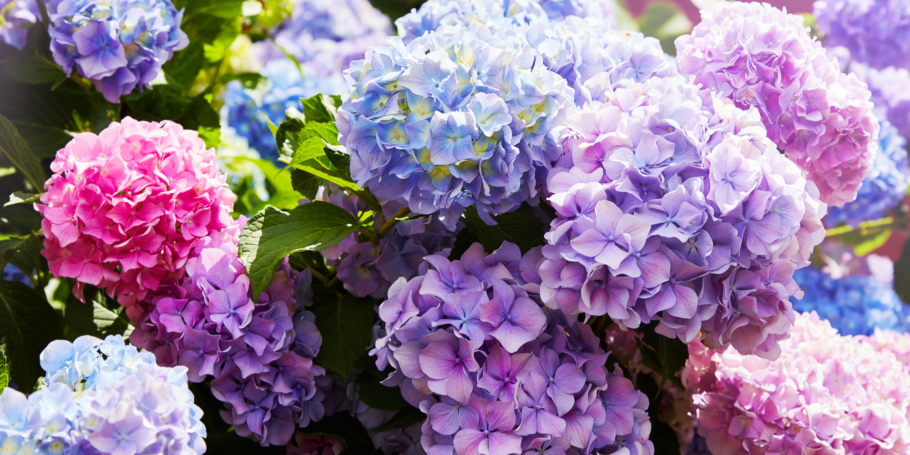How To Prepare You Garden For Summer
10th May 2019
Lifestyle
Now that the cold, winter weather is behind us, it’s time to start thinking about how you can prepare your garden for the warmer months ahead. It can be challenging to turn your garden around and get it in tip-top shape again, especially after the winter rain, sleet and snow have taken their toll. Luckily, we’ve put together a quick and easy checklist, as well as the top five flowers to grow, to ensure that your garden is looking as trim and fresh as possible this summer.
If you read our last blog on preparing your garden for winter, you’ll know that it’s always best to spend some time at the start of each new season tidying up your garden and making any repairs before you start thinking about the bigger projects for summer. Try and make sure that you’ve ticked off as many of these as possible:
- Clear dead leaves and debris from your flower beds ready for the new seeds to be planted (make sure to clear the gutters and drains as well!).
- Loosen the soil in your flower beds by using a sharp spade or tiller, working your soil up to a depth of 14 inches (you may also want to do a quick soil test to check the nutrient and pH levels).
- If possible, apply mulch in your garden to help control the growth of weeds – try not to leave this until the last minute!
- If you’re just starting to tackle your garden now, make sure to prune old shrubs and trees, cutting them back so you can see the branch structure. Trimming back overgrown hedges and branches will also help keep it looking neat and tidy.
- Take some time to check on any sheds, greenhouses, decking or outside structure. The timber may have been damaged through winter, leaving it needing repairs, a fresh coat of paint and a suitable wood preservative.
- Try to come up with a planting plan and gardening routine so you can keep on top of your garden.
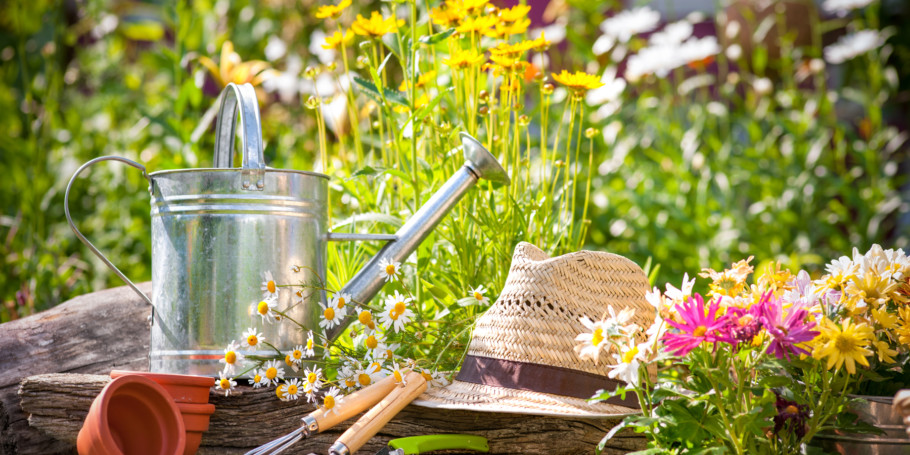
Preparing New Borders
If you’re thinking about refreshing and reorganising your garden, now is the perfect time. Starting with your borders is always wise. You’ll want to mark out the size and shape of your flower or shrub border and starting stripping off the top layer of turf with a half-moon turf cutter or small spade. The exposed soil should be watered slightly to create the best conditions for growing new plants. A good method to test your soil is to squeeze a small handful in the palm of your hand so that it forms a ball that crumbles apart, but still a moist feel to it. If necessary, a top layer of fresh soil can always be added. You can then add a small amount of organic garden compost over the surface of the boarder, turning into the soil so it mixes evenly. Then just use a rake to remove any leaves, stones or debris from the soil whilst levelling off any mounds or dips.
After preparing your new border foundation, you’ll be ready to start planting! Set out the potted plants in a way you are happy with so you can visualise how the finished border will look. It’s worth paying attention to the eventual size of the plant once it’s fully grown, as well as the foliage colour as this will impact how you position the flowers and shrubs. Before planting into the ground, ensure the plants are well watered so the pot feels heavy. Dig a hole just a little wider than the plant pot itself, remove the plant from the pot and place it in the hole.
Preparing new borders each season can help keep you garden feeling fresh and give a different feel, rather than having the same look and style as last summer.
If you’re a more experienced gardener, try building your own raised plant bed for the warmer seasons. These can create a neater look and also allow for better drainage and more room for plant roots to grow into the soil.
Looking after your lawn
Having a spectacular, fresh cut lawn in summer is essential, especially if you have children who want to play out or you’re planning to have the odd BBQ or two. It takes time and preparation to achieve the perfect lawn but it’s definitely manageable with the right tips and techniques.
Firstly, when mowing your lawn, it’s crucial to set the right height for the first trim of the season. For spring, aim to keep the grass at 2.5cm and for summer, 4cm is the ideal length. As a general rule, avoid cutting off more than one third of the top of the grass.
Removing thatch (the decaying plant and grass matter) will allow the sun and water to reach the grass, keeping it naturally green and fresh. After, you can aerate your lawn with a garden fork to improve natural water and air flow to your lawn.
Fertiliser is always an easy way to provide nutrients and promote the growth of your lawn. Ideally, this should be at least a couple of weeks before the peak of the summer temperatures.
Make your garden a bee friendly zone!
Summer will no doubt bring an abundance of new wildlife to your garden. Bees in particular are one animal that should not be neglected when the warmer weather arrives. We all know that bees are pollinators and are actually needed in your garden so they can feast on your fresh new flowers and allow them to continue to grow naturally.
So how do you welcome bees to your garden? Start with considering the best plants for pollinators, which are naturally some of the most colourful and best looking. Bellflowers, angelicas and foxgloves are all attractive flowers that bees will naturally gravitate to. Additionally, try planting a diverse mix of nectar and pollen rich plants that spring in late summer to give any visitors plenty to work with.
If you come across a bee that looks drowsy and lethargic, it may just be dehydrated. A quick, simple solution of sugar and water helps revive exhausted bees. Mixing two tablespoons of white sugar with one tablespoon of water should be sufficient to revive the bee and send it on its way to pollenating your garden!
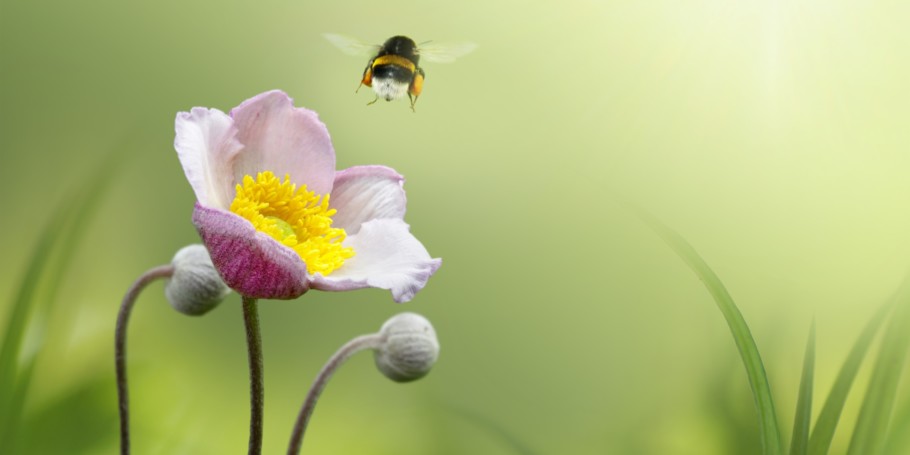
Top 5 flowers to plant this summer:
1) Asters – an ideal flower to plant in the late spring, early summer as it takes just 8-10 weeks to fully bloom. Typically blooming with strong pink or purple coloured petals, asters are also a great choice of cut flower if you’re looking to make your own bouquets
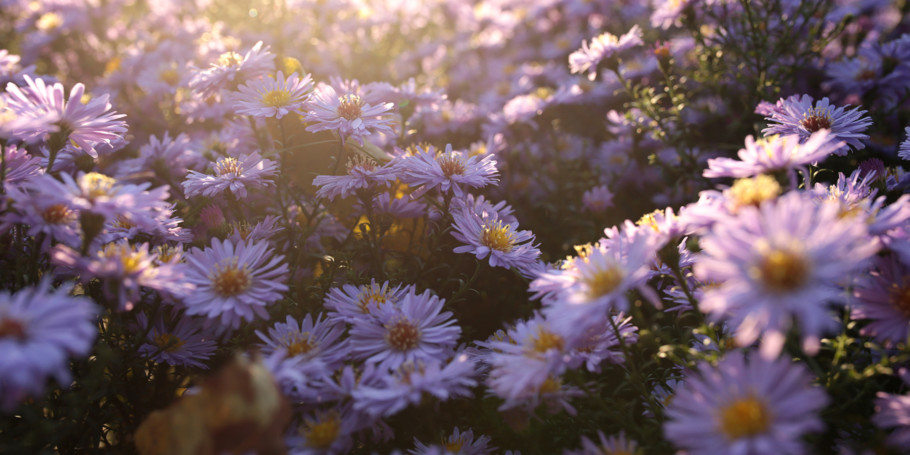
2) Phlox – a fragrant, colourful flower, phlox will continue to bloom well into the late summer months. Flowers are typically pale blue, violet or pink which help attract hummingbirds and butterflies.
3) Canna Lilies – planting these tropical-looking flowers in early spring will mean they bloom right in the height of summer. Canna lilies don’t require much maintenance at all and offer long lasting colour well into August.
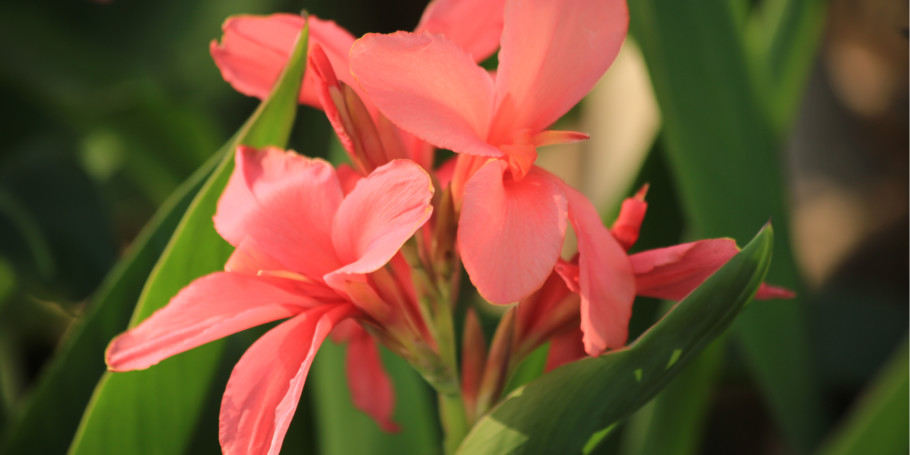
4) Moss Roses – an alternative to standard roses, moss roses provide beautiful pastel blooms for borders and pots and require little maintenance.
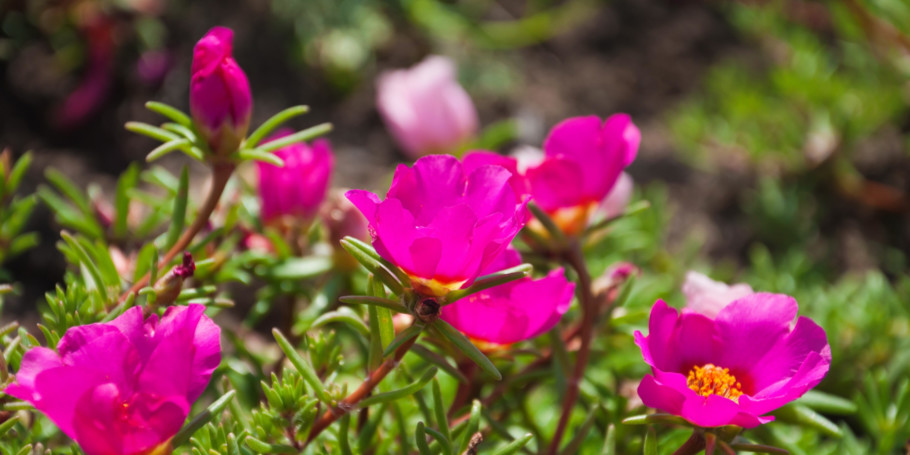
5) Hydrangeas – a must have in any garden throughout summer, hydrangeas come in a number of different varieties and colours meaning you can pick out the perfect colour to compliment your garden.
